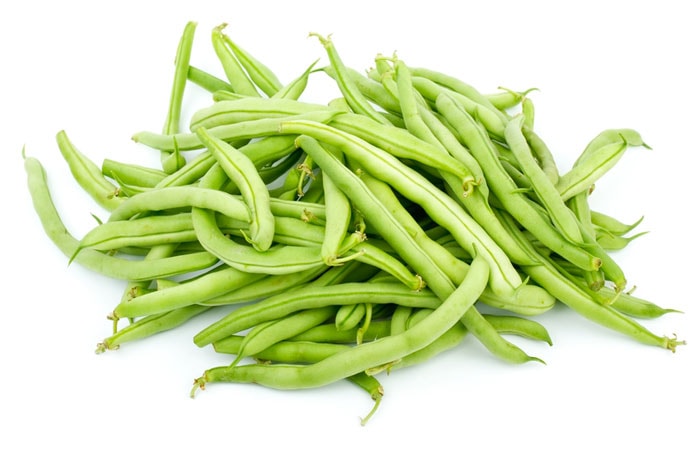
Written By: Sofia Layarda, MPH
Title: Master of Public Health
Alumni: University of California, Berkeley
Last Updated on:

Would you believe it’s September? Although the lazy days of summer are now behind us, there is still one last hurrah of fresh green beans in the produce section. They seem to be around all the time, whether fresh, frozen, or canned; however, they are at their best through summer and early fall. Sometimes called snap beans or string beans, green beans belong to the legume family, but they are picked when immature, allowing us to consume the whole bean including the pod.
Table of Contents
1 cup of boiled, drained green beans contains:

For what seems to be a humble vegetable, green beans contain many antioxidant nutrients: Vitamin C (20% of DV in one cup), Vitamin A, and numerous phytonutrients and carotenoids. They contain manganese, a mineral that is important in antioxidant reactions. They are also a good source of Vitamin K, as well as providing a good dose of fiber in every serving. The one thing they have very little of is calories!
If you are buying fresh green beans, choose from loose ones instead of pre-bundled/pre-bagged. This allows you to select the freshest beans and avoid any moldy or rotting beans that may be caught in the middle of a bundle or a bag sitting in too much moisture. Pick firm, straight beans; lumpy and crooked beans may be a sign that they are too old. Older beans are less sweet and tougher.
Commercially frozen green beans (often sold in bags in the freezer section) can be a quick and easy alternative if the fresh ones are not in season. Freezing your own green beans is fairly simple, but some blanching is recommended. To blanch, pre-cut the green beans into sections and let them cook for 3 minutes in boiling water before plunging them directly into an ice bath. If you freeze them in re-sealable bags, make sure you get as much air out of the bag as possible.
Alumni: University of California, Berkeley – Sofia believes in bringing back fun and pleasure into everyday eating. She loves cooking, and is constantly experimenting with ingredients, creating recipes and trying them out on family and friends. Her latest interest lies in finding realistic and practical ways of environmentally-friendly food/eating habits.
antioxidant, beans, fiber, green beans, grocery aisle, healthy every month, legumes, vegetables
Non-Organic Ingredients in Organic Foods: Should You Be Concerned?